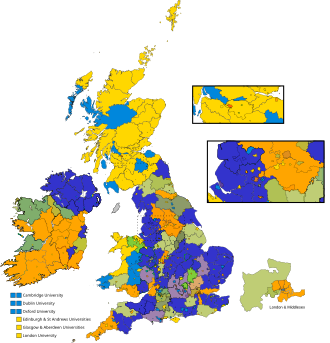
Back যুক্তরাজ্যের সাধারণ নির্বাচন, ১৮৬৮ Bengali/Bangla Etholiad cyffredinol y Deyrnas Unedig, 1868 Welsh Britische Unterhauswahl 1868 German Elecciones generales del Reino Unido de 1868 Spanish Élections générales britanniques de 1868 French הבחירות הכלליות בבריטניה 1868 HE Elezioni generali nel Regno Unito del 1868 Italian 1868년 영국 총선 Korean Парламентские выборы в Великобритании (1868) Russian Парламентські вибори у Великій Британії 1868 Ukrainian
| |||||||||||||||||||||||||||||||||||||
All 658 seats in the House of Commons 330 seats needed for a majority | |||||||||||||||||||||||||||||||||||||
|---|---|---|---|---|---|---|---|---|---|---|---|---|---|---|---|---|---|---|---|---|---|---|---|---|---|---|---|---|---|---|---|---|---|---|---|---|---|
| |||||||||||||||||||||||||||||||||||||
 Colours denote the winning party | |||||||||||||||||||||||||||||||||||||
 Composition of the House of Commons after the election | |||||||||||||||||||||||||||||||||||||
| |||||||||||||||||||||||||||||||||||||
The 1868 United Kingdom general election was the first after passage of the Reform Act 1867, which enfranchised many male householders, thus greatly increasing the number of men who could vote in elections in the United Kingdom. It was the first election held in the United Kingdom in which more than a million votes were cast; nearly triple the number of votes were cast compared to the previous election in 1865.[citation needed]
The Liberals, led by William Gladstone, increased their majority over Benjamin Disraeli's Conservatives again to more than 100 seats.
This was the last general election at which all seats were taken by only the two leading parties, although the parties at the time were loose coalitions and party affiliation was not listed on registration papers.[citation needed]
Cite error: There are <ref group=lower-alpha> tags or {{efn}} templates on this page, but the references will not show without a {{reflist|group=lower-alpha}} template or {{notelist}} template (see the help page).

